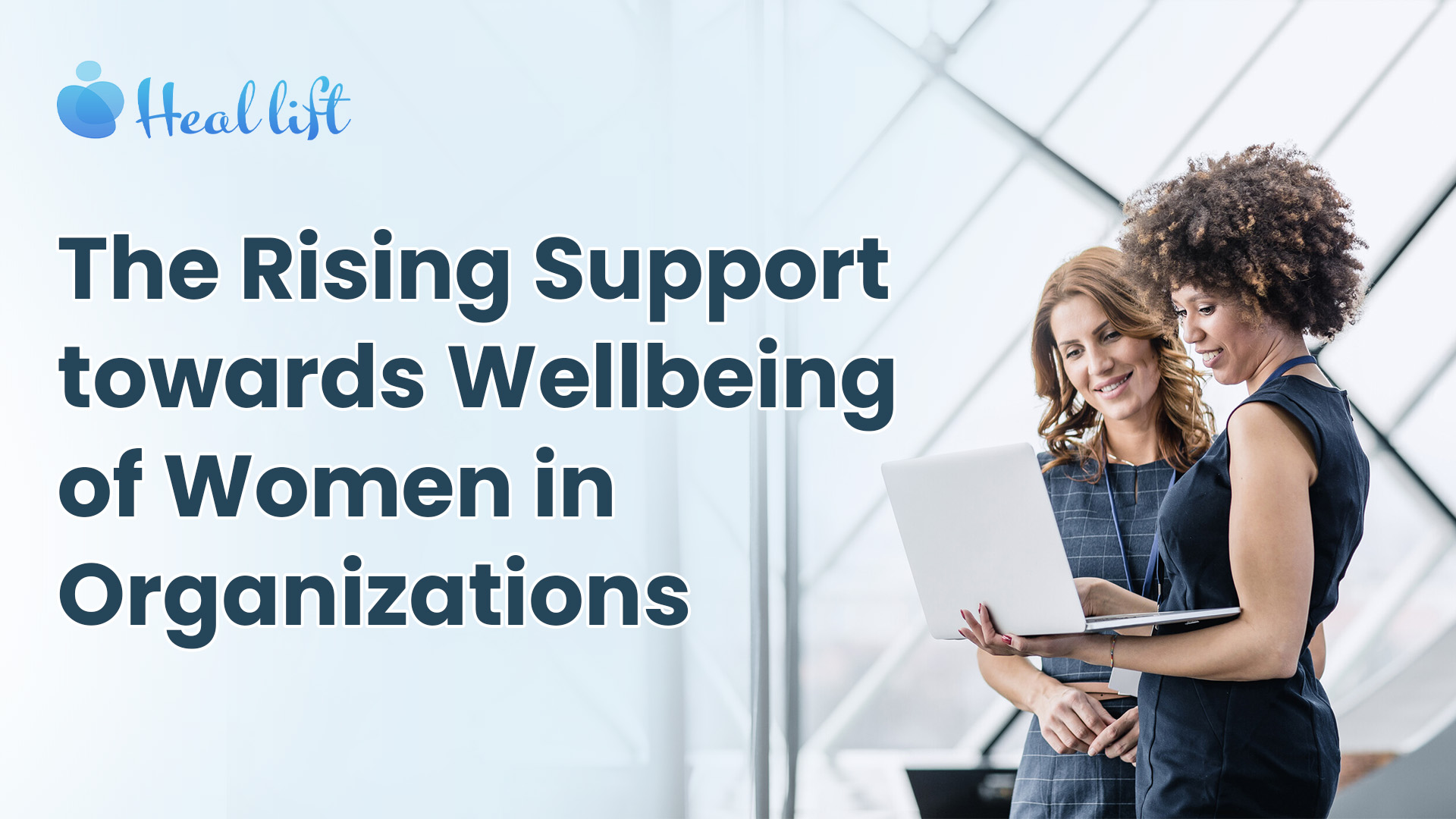Sandumini Nimashi - 29 Jun 2024
Men Don't Talk? : Addressing Men's Mental Health
The enduring stereotype that "men don't talk" reinforces a stoic ideal that encourages them to grapple with stress, anxiety, and depression alone.

Heal Lift

In this article, we will explore the dynamic landscape of workplace well-being in light of the latest survey conducted by The Chartered Institute of Personnel and Development (CIPD) in September 2023. While delving into the shifting paradigms of organisational support for well-being throughout the employee lifecycle, we focus on emerging trends such as menopause transition, pregnancy loss, and menstrual health.
Here's how forward-thinking organisations are taking proactive steps to create a more inclusive, supportive, and interactive work environment, while aligning with the evolving needs of their workforce.
In the case of menstrual health, only 18% of businesses actively support it as a part of their wellness programs. However, more than a third of companies are working towards creating an environment where employees feel comfortable discussing menstrual difficulties. About 24% have a stand-alone policy for menstrual health, 16% include it in a broader policy, and nearly half, 49%, are encouraging open and supportive discussions among employees.
It's promising to see that many organisations are planning to offer more assistance in these areas in the future, with 19% planning to implement a policy on menstrual health and 29% planning to do the same for the menopause transition.
The public sector and nonprofit organisations in the UK are leading the way in addressing these issues compared to the private sector. They are more likely to promote open and supportive discussions about menstrual health and menopause transition and include provisions in their wellness activities. Most public sector organisations already have explicit policies in place for menstrual health and the menopause transition.
When it comes to support, paid sick leave is the most common type of menstrual health support, followed by counselling and referrals to occupational health services. Some companies, around 32%, offer help through services like free sanitary products and access to restrooms. Menopause transition is more supported than menstrual health, with 44% offering flexible working options and 43% making adjustments to workload and duties. About 32% also provide longer breaks when needed, and 23% offer late starts for employees dealing with sleep issues.
Steps you could take to Improve Wellbeing of your Employees
- Include knowledge of employee lifecycle health issues in your health and wellbeing strategy. This will help you train your team and create effective interventions to support employees at different stages of their employment.
- Promote and integrate flexible working practices across your organisation. This allows employees with health and wellness difficulties to adjust their hours and responsibilities as needed.
- Consider implementing policies or guidelines to help managers and employees reach an understanding on helpful workplace modifications.
- Foster a culture where employees feel comfortable expressing their health-related concerns and seeking support. Encourage open discussions about health and disability issues in the workplace.
- Understand that effective support and modifications for menstrual health and the menopause transition can be simple, cost-effective, and significantly improve employee performance. An environment with a supportive culture and a culture of open communication can lead to better disclosure of symptoms and a higher likelihood of employees seeking the necessary support.
Read our other articles on Work Place Mental Health
Employee Productivity and Business Success through Prioritizing Mental Well-being
How to create a Supportive Workplace for Employee Mental Health
Nurturing Mental Wellness in Remote Work Settings
Mental Health and Financial Wellness
